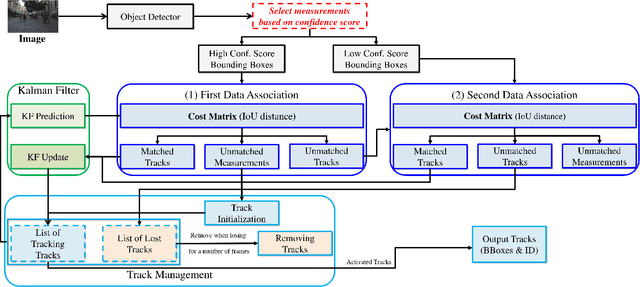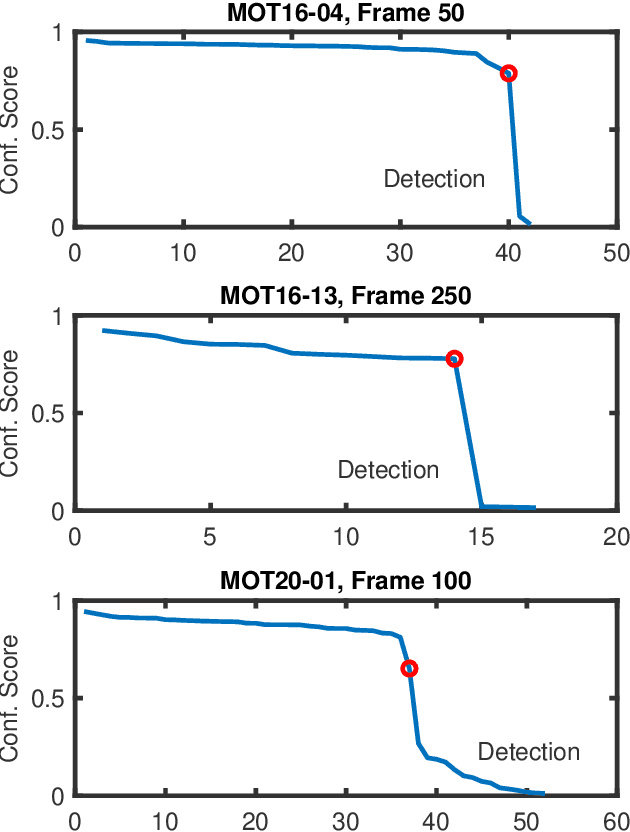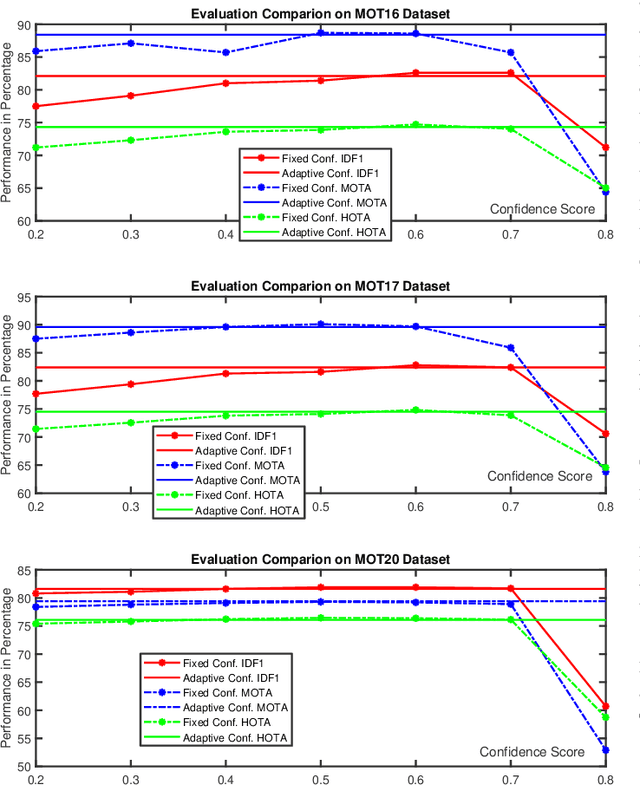JongHyun Park
Rethinking Feature Backbone Fine-tuning for Remote Sensing Object Detection
Jul 21, 2024Abstract:Recently, numerous methods have achieved impressive performance in remote sensing object detection, relying on convolution or transformer architectures. Such detectors typically have a feature backbone to extract useful features from raw input images. For the remote sensing domain, a common practice among current detectors is to initialize the backbone with pre-training on ImageNet consisting of natural scenes. Fine-tuning the backbone is typically required to generate features suitable for remote-sensing images. However, this could hinder the extraction of basic visual features in long-term training, thus restricting performance improvement. To mitigate this issue, we propose a novel method named DBF (Dynamic Backbone Freezing) for feature backbone fine-tuning on remote sensing object detection. Our method aims to handle the dilemma of whether the backbone should extract low-level generic features or possess specific knowledge of the remote sensing domain, by introducing a module called 'Freezing Scheduler' to dynamically manage the update of backbone features during training. Extensive experiments on DOTA and DIOR-R show that our approach enables more accurate model learning while substantially reducing computational costs. Our method can be seamlessly adopted without additional effort due to its straightforward design.
Adaptive Confidence Threshold for ByteTrack in Multi-Object Tracking
Dec 06, 2023



Abstract:We investigate the application of ByteTrack in the realm of multiple object tracking. ByteTrack, a simple tracking algorithm, enables the simultaneous tracking of multiple objects by strategically incorporating detections with a low confidence threshold. Conventionally, objects are initially associated with high confidence threshold detections. When the association between objects and detections becomes ambiguous, ByteTrack extends the association to lower confidence threshold detections. One notable drawback of the existing ByteTrack approach is its reliance on a fixed threshold to differentiate between high and low-confidence detections. In response to this limitation, we introduce a novel and adaptive approach. Our proposed method entails a dynamic adjustment of the confidence threshold, leveraging insights derived from overall detections. Through experimentation, we demonstrate the effectiveness of our adaptive confidence threshold technique while maintaining running time compared to ByteTrack.
* The 12th International Conference on Control, Automation and Information Sciences (ICCAIS 2023), November 27th to 29th, 2023 in Hanoi
 Add to Chrome
Add to Chrome Add to Firefox
Add to Firefox Add to Edge
Add to Edge